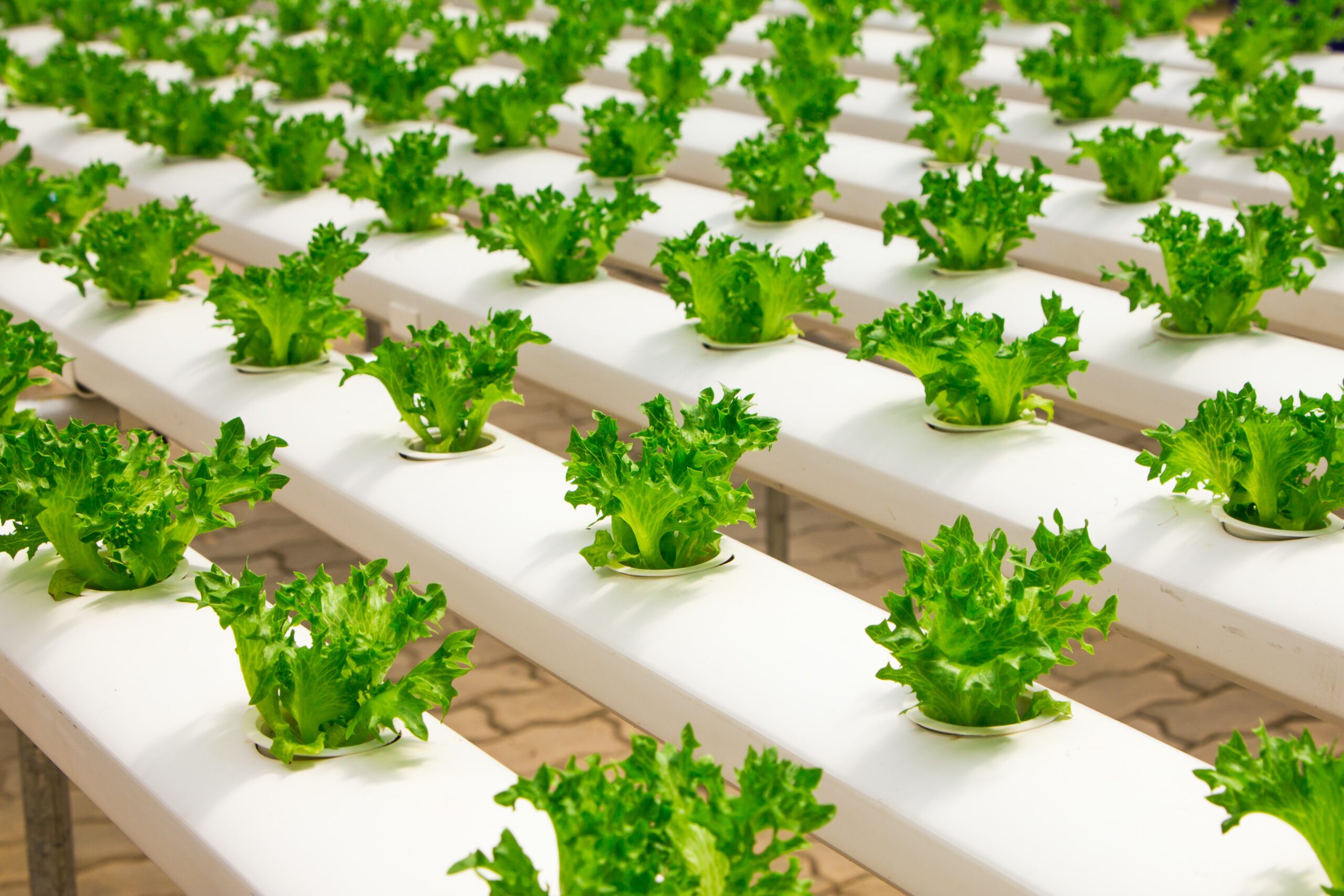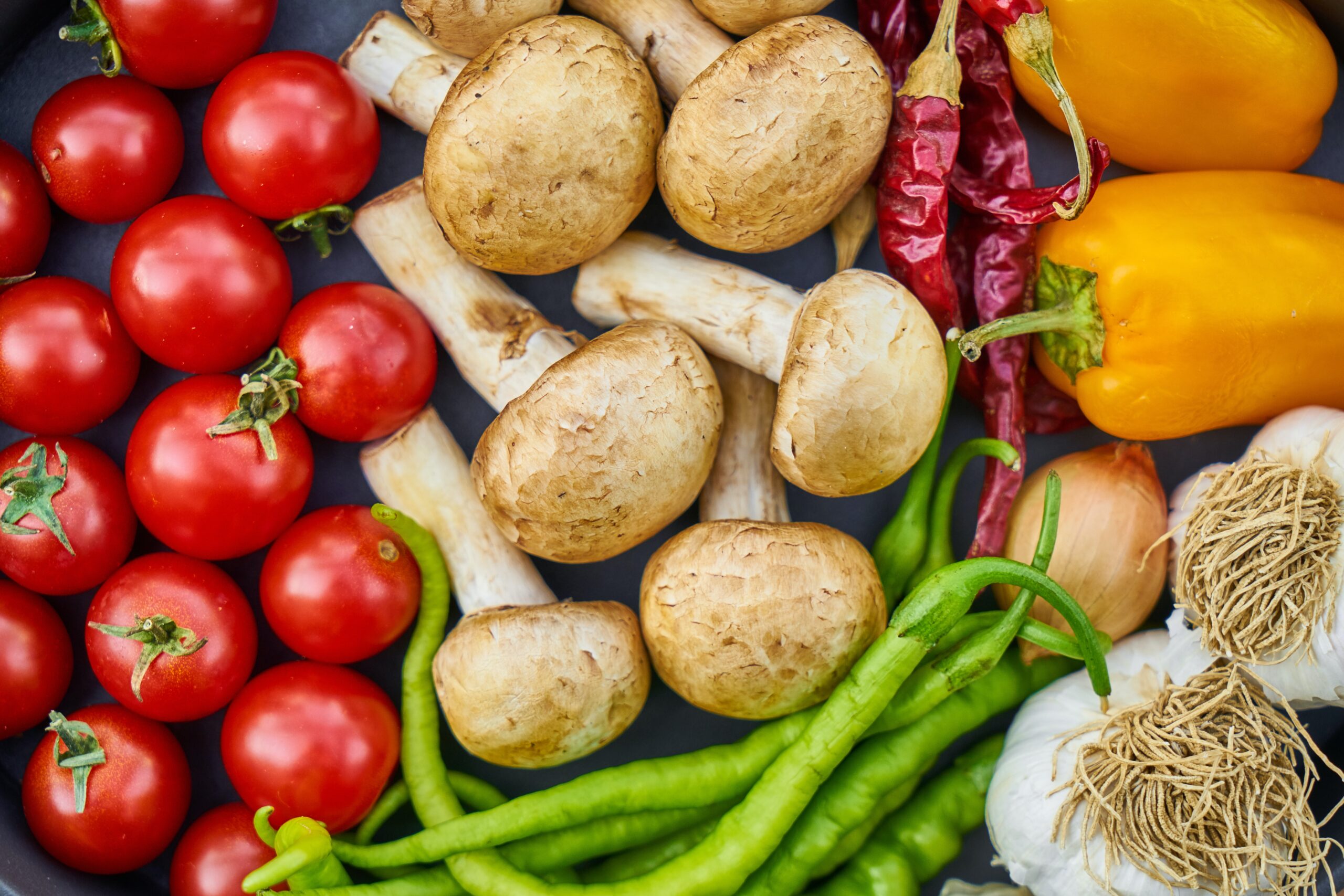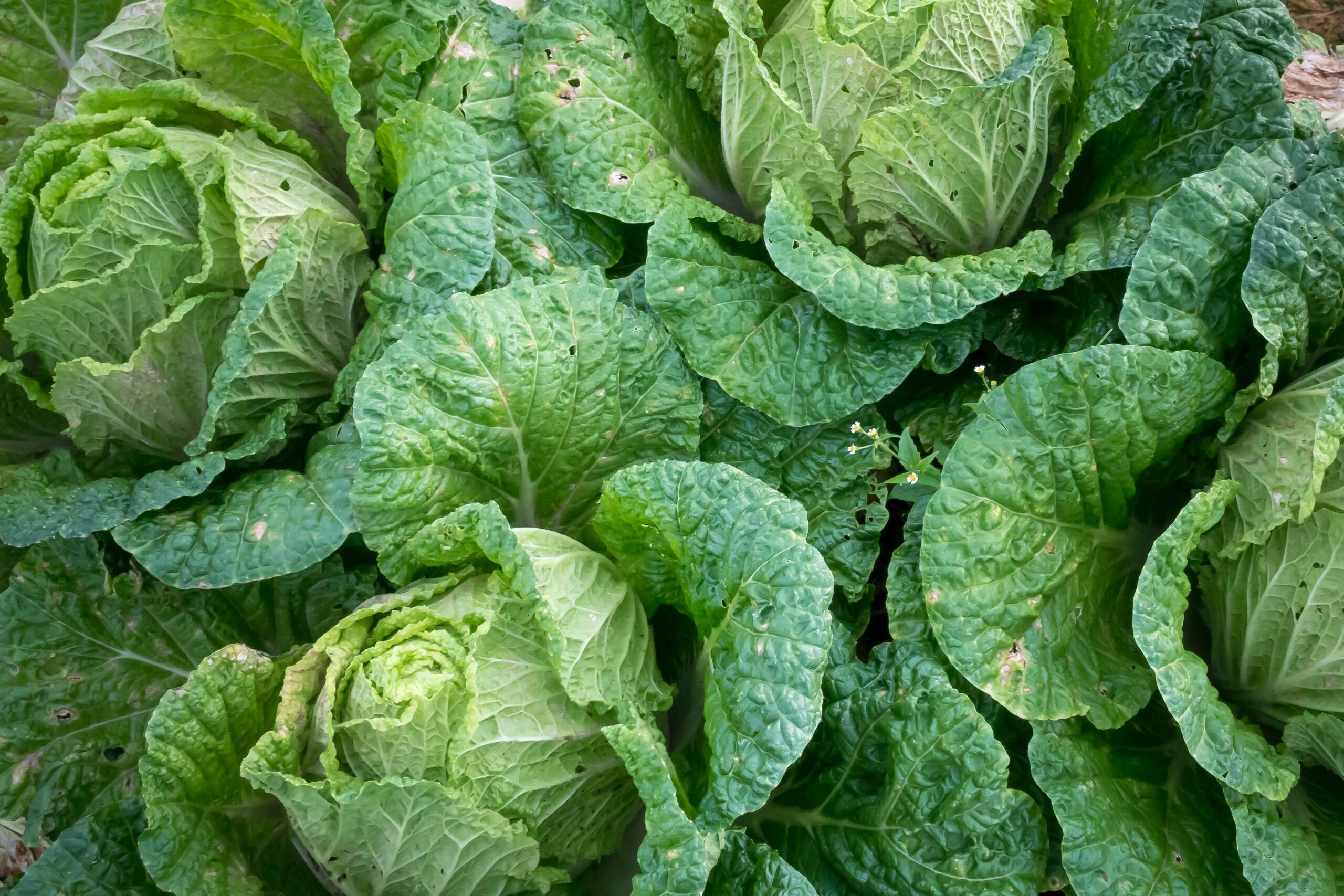In a world where traditional farming facing a huge challenges due to population growth, climate change, and resource scarcity, there innovative agricultural practices like hydroponics are gaining traction and this where it becomes vital to know the future of hydroponics farming and its green revolution advantages in India.
This article will delve into the future of hydroponics farming, explaining its global potential verus in India, principles, benefits, and how you can start your own hydroponic garden at home.
Future of Hydroponics Farming: Global verus India
According to research, the hydroponics market is expanding globally. This market is predicted to grow significantly from its $9.5 billion valuation in 2020 to a staggering $22.2 billion by 2028. It is anticipated that This impressive growth is projected to continue, with a steady annual increase of 11.3% throughout the forecast period.
Hydroponics farming is a clever and sustainable technique that is gaining popularity. Governments and commercial businesses alike have backed it strongly, largely because of the many advantages it offers for food security. The requirement for a reliable food supply is a high issue due to the continually growing global population, and hydroponics is assisting in meeting this need.
Hydroponics farming in India is expected to reach $35.4 billion by 2030, growing 15.6% annually. This sustainable farming method accelerates plant growth by 50% faster than traditional farming methods and eliminates harmful pesticides and herbicides, benefiting both farmers and the environment.
What is Hydroponics?
Hydroponics is a revolutionary method of horticulture that involves cultivating plants without soil. Instead, it relies on water-based mineral nutrient solutions to nourish the plants. These nutrient solutions provide essential minerals for growth, and the plants can grow with their roots directly exposed to the solution or supported by inert mediums like perlite, gravel, or other substrates.

Hydroponics: A Game Changer in Agriculture
One of the most striking advantages of hydroponics is its potential to significantly reduce water usage in agriculture. To put this into perspective, traditional farming methods require a staggering 214 liters of water to produce just 1 kg of tomatoes. In contrast, hydroponics slashes this water consumption to a mere 20 liters. This efficiency can be further improved with aeroponics, a variant of hydroponics that uses only 5.3 U.S. gallons for the same yield.
Hydroponic farming also lead to higher biomass and protein production compared to traditional soil-based cultivation. These advantages, coupled with the impending threat of climate change affecting agricultural yields, position hydroponics as a viable solution for growing plant-based food, even in arid regions with limited water resources. Hydroponics isn’t confined to Earth; it has also proven its efficacy in plant production experiments conducted in space.
Types of Hydroponics
Hydroponic systems come in various forms, each with its unique features and benefits. The most common types:
| Types | Description |
|---|---|
| 1. Deep Water Culture (DWC) | This system suspends plants in a nutrient-rich water solution, providing them with the essential nutrients they need for growth. |
| 2. Ebb and Flow | Also known as flood and drain hydroponics, this system periodically floods the plants with a nutrient solution and then drains it away, ensuring optimal nutrient absorption. |
| 3. Nutrient Film Technique (NFT) | In this system, a thin film of nutrient solution flows over the plant roots, delivering nutrients effectively. |
| 4. Aeroponics | Aeroponics suspends plant roots in the air and utilizes a mist or spray to deliver nutrients, allowing for excellent oxygenation. |
| 5. Wick System | The simplest of all, the wick system employs a wick to draw nutrient solution from a reservoir to the plant roots. |
| 6. Drip System | This system drips nutrient solution onto the plants, either directly onto the roots or onto a supporting growing medium. |
The Advantages of Hydroponics
Hydroponics farming offers a multitude of advantages over traditional soil-based gardening, making it an enticing option for sustainable agriculture:
1. Higher Yield
Hydroponic systems are known for their ability to produce faster-growing, higher-yielding plants compared to conventional agriculture. They can yield between 3 and 10 times more food within the same space.
2. Controlled Nutrition
Plants in hydroponic systems receive nutrient solutions directly at their roots, ensuring they get all the essential nutrients they need for robust growth.
3. Healthier and Faster Maturation
Hydroponic cultures promote the highest biomass and protein production, resulting in healthier plants that mature more quickly.
4. Weed Elimination
Since hydroponic systems don’t involve soil, there’s no need to worry about weeds competing with your plants for nutrients and resources.
5. Pest and Disease Resistance
Hydroponic systems are less susceptible to common pests and diseases associated with traditional gardening methods.
6. Water Conservation
Hydroponics consumes significantly less water compared to traditional farming. For instance, growing 1 kg of tomatoes using hydroponics requires only 20 liters of water, while conventional methods demand a staggering 214 liters.
7. Automation Potential
These systems can be automated, making it easier to control factors such as nutrient delivery, lighting, and temperature.

How to Start a Hydroponic Garden at Home
Now that you’re intrigued by hydroponics, let’s explore how you can start your hydroponic garden right at home. Follow these steps to embark on your hydroponic journey:
1. Choose a Hydroponic System
Begin by selecting the right hydroponic system for your needs. Options include Deep Water Culture (DWC), Ebb and Flow, Nutrient Film Technique (NFT), Aeroponics, Wick System, and Drip System. Your choice should align with the available space and resources.
2. Set Up Your System
Once you’ve chosen your system, it’s time to set it up. The setup process varies depending on the type of system you’ve selected. For instance, DWC systems require suspending plants in a nutrient-rich water solution, while Ebb and Flow systems involve periodic flooding and draining.
3. Choose Your Plants
Hydroponic systems can accommodate a wide variety of plants, including lettuce, spinach, herbs like basil and mint, as well as fruiting plants like tomatoes and strawberries. Select plants based on your preferences and available resources.
4. Provide Adequate Light
Plants grown in hydroponic systems require sufficient light for photosynthesis. You can use natural sunlight or artificial lighting sources such as LED or fluorescent lights.
5. Nutrient Management
To thrive, hydroponic plants need a balanced nutrient solution. You can use a pre-made nutrient solution or mix your own using individual nutrient salts. Regularly monitor pH levels, electrical conductivity, and nutrient levels.
6. System Monitoring
Keep a close eye on your hydroponic system’s vital factors, including water temperature, lighting conditions, and nutrient delivery.
7. Harvest Your Plants
When your plants mature, it’s time for the rewarding harvest. Use clean scissors or pruning shears to cut the plants at the base of their stems.
Plants Suited for Hydroponics
Hydroponics unlocks the potential to grow a diverse array of plants, ranging from vegetables to fruits, herbs, and flowers. Some popular choices include:

- Lettuce: An easy-to-grow option, perfect for beginners.
- Tomatoes: Known for high yields in limited space.
- Peppers: Low-maintenance and high-yielding.
- Cucumbers: Fast-growing and space-efficient.
- Strawberries: Well-suited for hydroponics with minimal effort.
- Basil: A versatile herb for continuous harvesting.
- Mint: Another herb that thrives in hydroponic systems.

Hydroponics versus Aquaponics
With India’s population expected to grow by 25% by 2036, ensuring food security becomes increasingly challenging. Hydroponics and its close cousin, aquaponics, offer potential solutions. While hydroponics focuses on soilless plant growth, aquaponics integrates fish farming with hydroponics. Fish waste provides nutrients for the plants, while the plants purify the water, creating an ideal environment for fish growth.
India stands to benefit significantly from these methods, especially considering the water-saving potential. Traditional farming methods can use up to 10 times more water than aquaponics and hydroponics combined. By embracing these technologies, India can alleviate its agriculture-related water woes and pave the way for a more sustainable future.
Nutrient Solutions in Hydroponics
A hydroponic nutrient solution plays a pivotal role in nurturing plant growth. It’s a liquid that contains essential nutrients necessary for root stimulation and overall development. This solution provides plants with water, oxygen, and vital mineral elements in soluble form.
While hydroponic nutrients are readily available for purchase, dedicated gardeners can also create their custom nutrient solutions. To achieve this, you’ll need instruments like a pH tester, EC (Electrical Conductivity) meter, measuring cups, stirring sticks, precise weighing scales, and stainless steel teaspoons.
These examples highlight the versatility of hydroponics in accommodating various plant types, catering to individual preferences and system types.
Conclusion
Hydroponics farming is not just a novel approach to agriculture; it’s a game-changer that offers solutions to some of the most pressing challenges facing global food production. Its efficiency, sustainability, and adaptability make it a key player in shaping the future of farming. So, if you’ve ever considered growing your own food or exploring innovative agricultural methods, hydroponics might just be the green revolution you’ve been waiting for. Overall, the future of hydroponics farming in India as well as globally looks very promising and bright.
The future of hydroponics farming holds great promise as it addresses critical challenges in modern agriculture. With an ever-growing global population and environmental concerns, hydroponics farming offers a sustainable solution for increasing food production.
Fresh and locally grown vegetables will be easier to access, thanks to hydroponics’ versatility in different situations, such as urban spaces through vertical farming.
Hydroponic farming will change as sustainability becomes more important, using renewable energy sources, recycling water, and fertilizers to lessen their environmental impact.
The future of hydroponics farming lies in its capacity to grow a variety of crops, improve food security, and contribute to a more resilient and environmentally conscious agricultural landscape.
FAQs
1. Is hydroponics farming suitable for all types of plants in India?
Hydroponics farming is incredibly versatile and can be used to grow a wide range of plants, from vegetables and herbs to fruits and flowers. However, the choice of plants should align with your system and available resources.
2. Can I build a hydroponic farming at home without professional help?
Absolutely! Many hydroponic farming are beginner-friendly and can be set up at home with proper guidance and a willingness to learn.
3. How often do I need to monitor and adjust the nutrient solution in my hydroponic system?
Regular monitoring is crucial to ensure your plants receive the right nutrients. Typically, you should check pH levels and nutrient concentrations weekly and make adjustments as needed.
4. Are hydroponic farming eco-friendly?
Yes, hydroponic farming are eco-friendly in several ways. They use significantly less water than traditional farming, reduce the need for pesticides, and can be designed for minimal environmental impact.
5. What are the main challenges of hydroponic gardening?
Some challenges include maintaining the right nutrient balance, preventing diseases, and ensuring proper lighting. However, with proper knowledge and attention, these challenges can be overcome, leading to successful hydroponic gardening.
Do check out our post on Drones in Agriculture: Unveiling Agricultural Efficiency in 8 Steps.

